Sometimes, a little imperfection can be a good thing, like uneven stitches. Normally, that happens because of tension issues, the wrong needle, or pulling the fabric too much.
But here’s the twist,
Uneven stitches on sewing machine don’t always have to be a mistake. They can also be used intentionally as a decorative effect, like loop stitches. How? Well, that’s easy too.
Uneven Stitch
To do uneven stitches on a sewing machine, vary the stitch length manually or adjust fabric movement as you sew to create intentional irregular spacing.
I’ll show you how to create uneven stitches on purpose, what fabrics they look best on, and how to control the effect so it looks stylish rather than messy.

Table of Contents
What Are Uneven Stitches On Sewing Machine?
Uneven stitches on a sewing machine are stitches that vary in length. It makes the seam look irregular, loose, or untidy. It’s mostly used as a tack stitch on a coat or some kind of fabric.
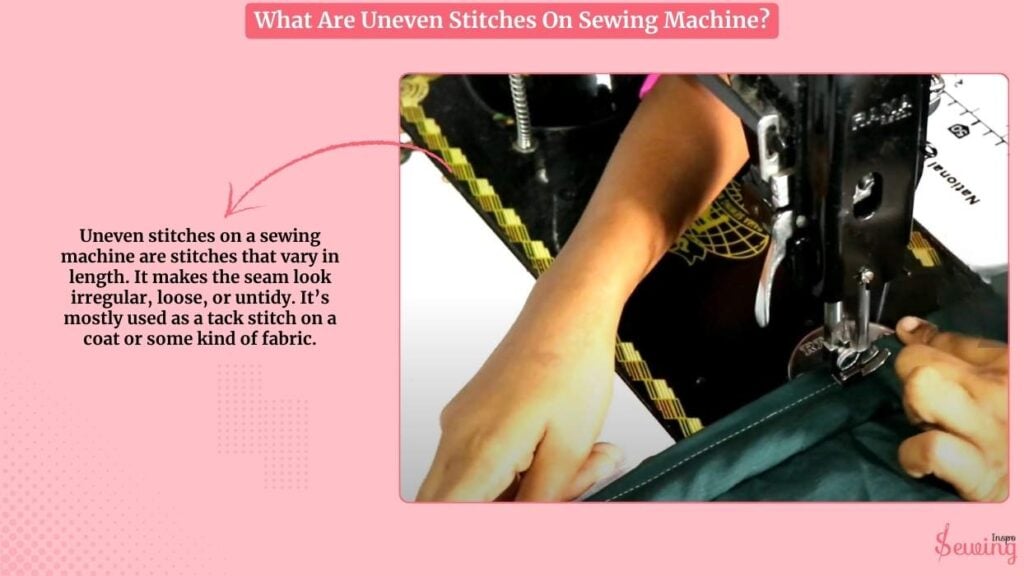
So, what do uneven stitches actually look like?
It’s some stitches longer, some shorter, with small gaps or irregular spacing in between. On fabric, this creates a rustic look. It’s almost like the natural rhythm of hand stitching, where no two stitches are exactly the same.
How To Do Uneven Stitches On Sewing Machine?
To do an uneven stitch on a sewing machine, follow the steps below,

Pick the Right Fabric For Uneven Stitches
I grab a medium-weight cotton fabric scrap. I like starting with cotton because it’s easy to handle, doesn’t slip around, and clearly shows the difference between long and short stitches.
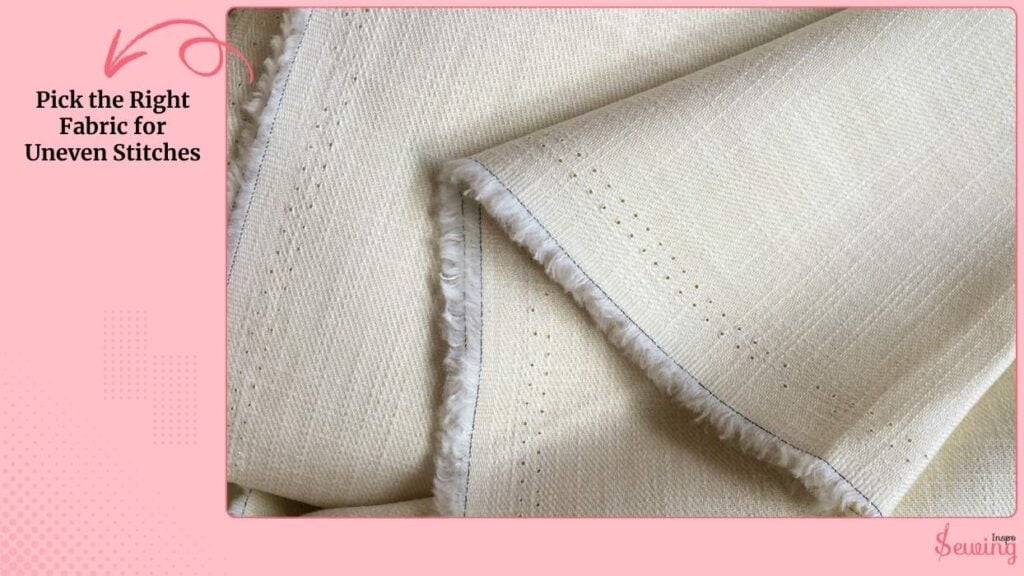
Thin fabrics like chiffon can look messy with uneven stitching, and thick fabrics like denim are harder to manipulate. Cotton or linen is perfect for practice like topstitching. I use this fabric for a chain stitch sewing machine, too.
Adjust Eneven Stitch Length
Now I look at my stitch length dial. Normally, I’d keep it at around 2.5 mm for standard stitching.
But for uneven stitches, I deliberately switch between shorter (2 mm) and longer (4–5 mm) lengths. Sometimes, I’ll even twist the dial mid-sewing to get that natural, irregular effect.
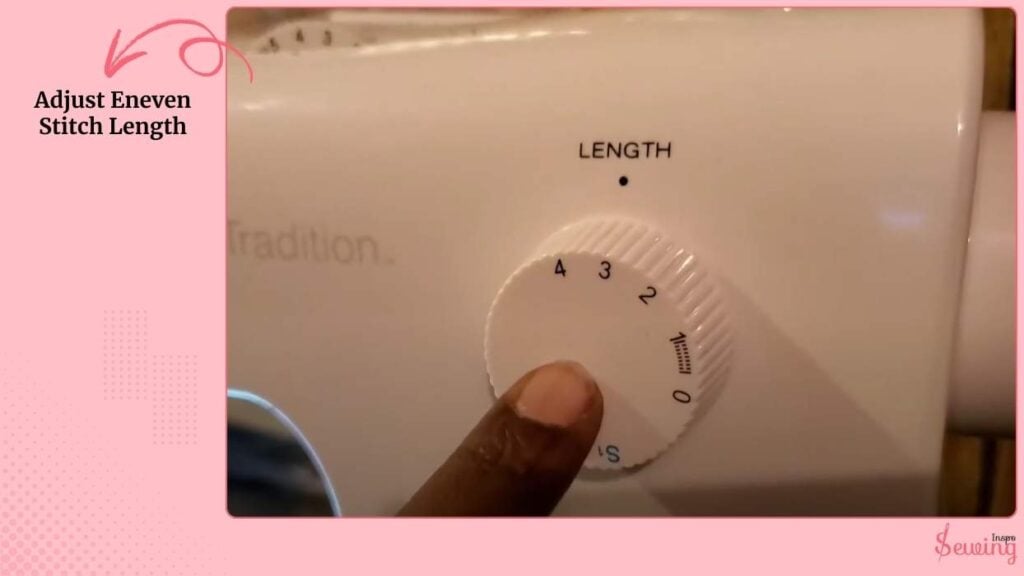
uneven stitch length sewing machine
Normal stitch length is usually 2–3 mm (about 8–12 stitches per inch) for regular sewing.
If stitches look too long (4–5 mm / 5–6 stitches per inch) or too short (1–1.5 mm / 16–20 stitches per inch) without you adjusting the dial, that means you’re getting uneven stitch length.
I Lower The Presser Foot And Begin Sewing Slowly
I lower the presser foot and begin sewing slowly, keeping my hands relaxed on the fabric.
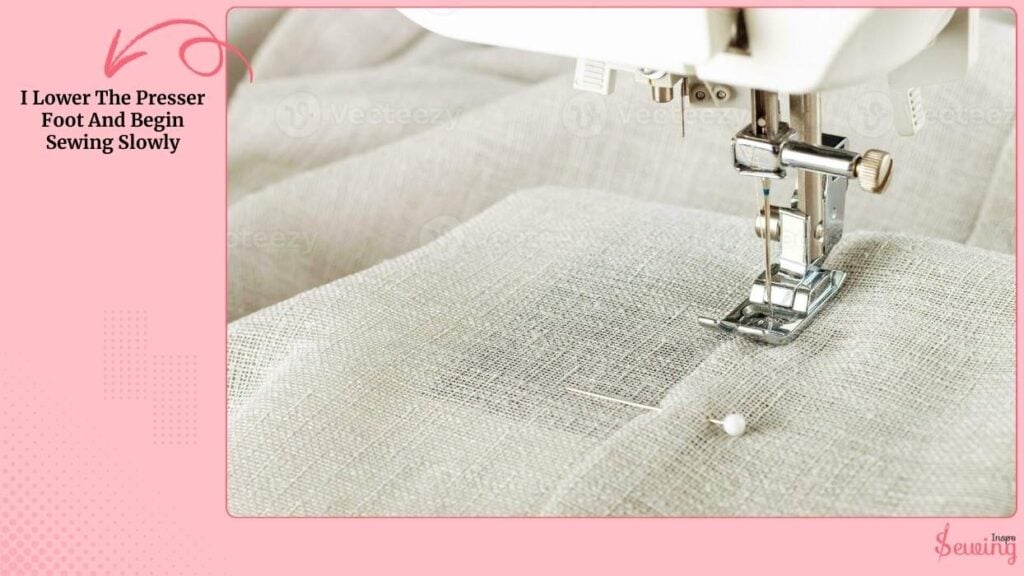
I start by letting the machine sew a few regular stitches at my chosen starting length so I can get a feel for how it feeds the fabric.
Adjust The Stitch Length Dial Mid-Sewing
As the needle moves up and down, I gradually turn the stitch length dial to make some stitches longer and some shorter.
For example,
I might stretch the stitch to 4–5 mm for a long stitch, then dial it back to 2 mm for a shorter stitch. The key is to move slowly so the machine keeps the stitches consistent enough to hold, but uneven enough to look hand-sewn.
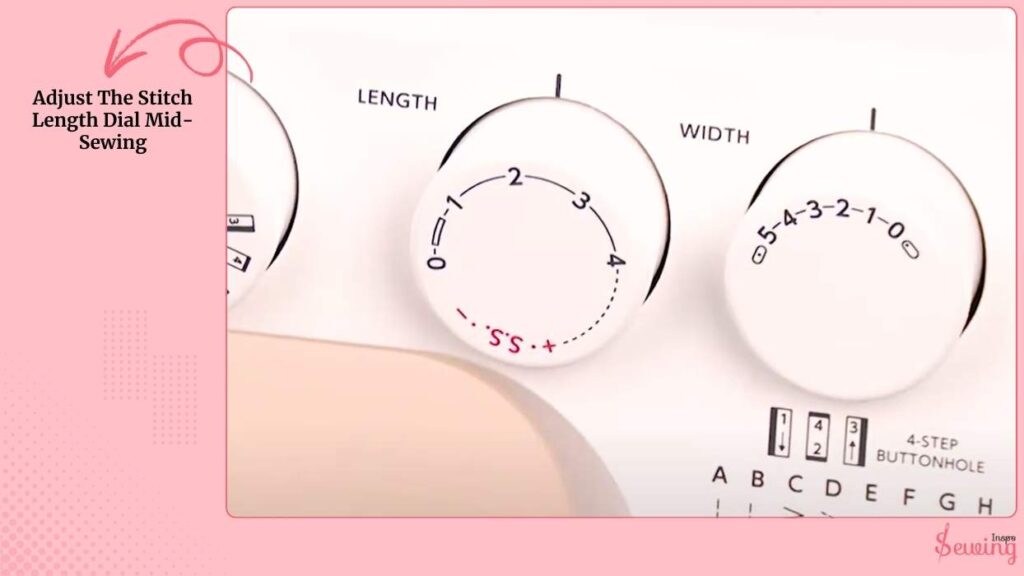
Manipulate The Fabric By Hand
I lightly lift the presser foot or ease the fabric forward in tiny bursts between stitches. This creates natural gaps where the needle skips slightly or stretches the stitch.
I keep my eyes on the spacing, adjusting my hand movements to make the uneven effect intentional rather than messy.
Keep Stitching
As I continue, I alternate between these 2 techniques,
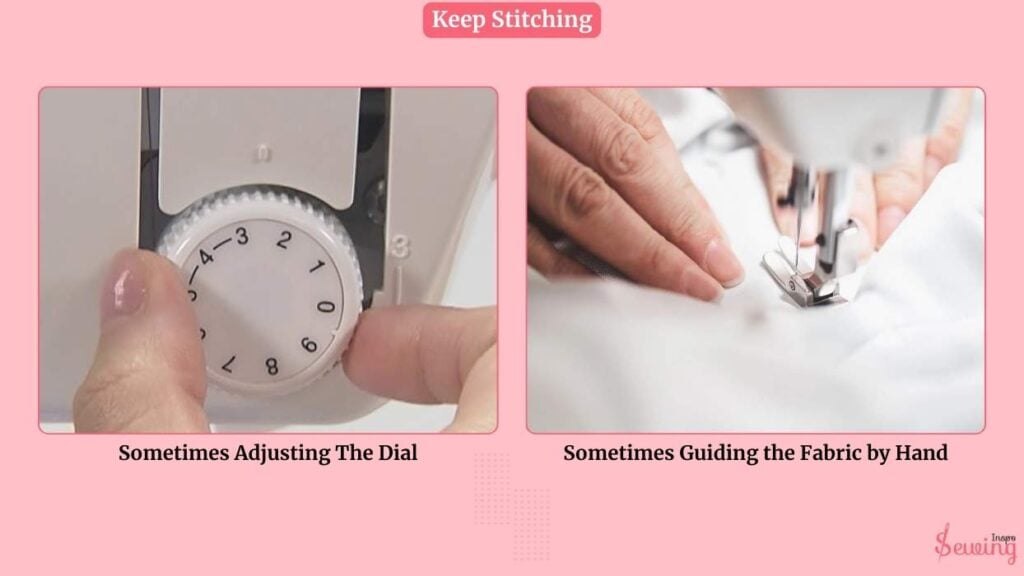
- Sometimes Adjusting The Dial.
- Sometimes Guiding The Fabric By Hand
Until I get a row of stitches where no two stitches are exactly the same. The result is a charming, handmade look, with some stitches longer, some shorter, and small, natural gaps that give the seam character and texture.
Frequently asked questions
Why is my sewing machine not stitching straight?
Your machine may not be feeding the fabric evenly. This can happen if the feed dogs are dirty or lowered, if you’re pulling the fabric too hard, or if the presser foot pressure is incorrect. Ensure the fabric moves smoothly with the feed dogs and avoid forcing it.
What should be adjusted if the machine stitches are uneven or looping on either side of the fabric?
Uneven stitches or loops usually mean a thread tension issue. Check both the upper thread and bobbin tension, rethread the machine carefully, and ensure you’re using the correct needle and thread for your fabric.
Why is my sewing machine not stitching properly underneath?
If the bottom (bobbin) stitches are irregular, it could be due to a poorly wound bobbin, incorrect bobbin placement, or lint/debris in the bobbin case. Remove the bobbin, clean the area, reinsert it correctly, and test on a scrap piece of fabric.
By The End
What I see on my fabric isn’t a “mistake” row of stitches. It’s an intentional, decorative line with character. Each stitch looks slightly different, almost like I sewed it by hand, which makes my project feel more unique and personal.

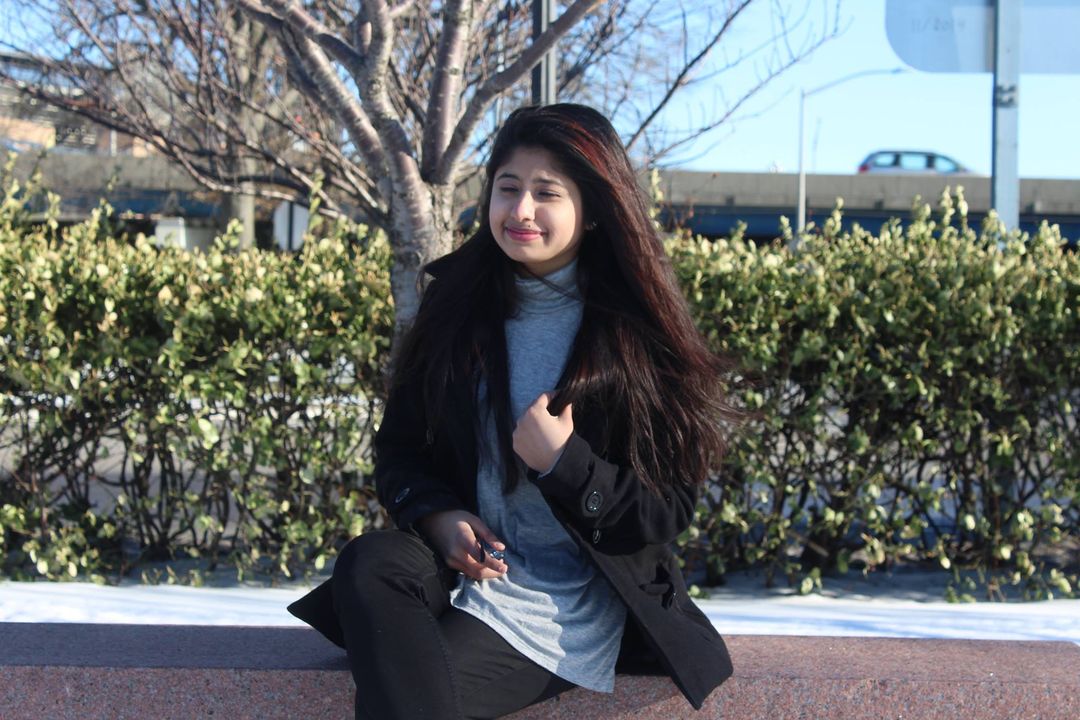
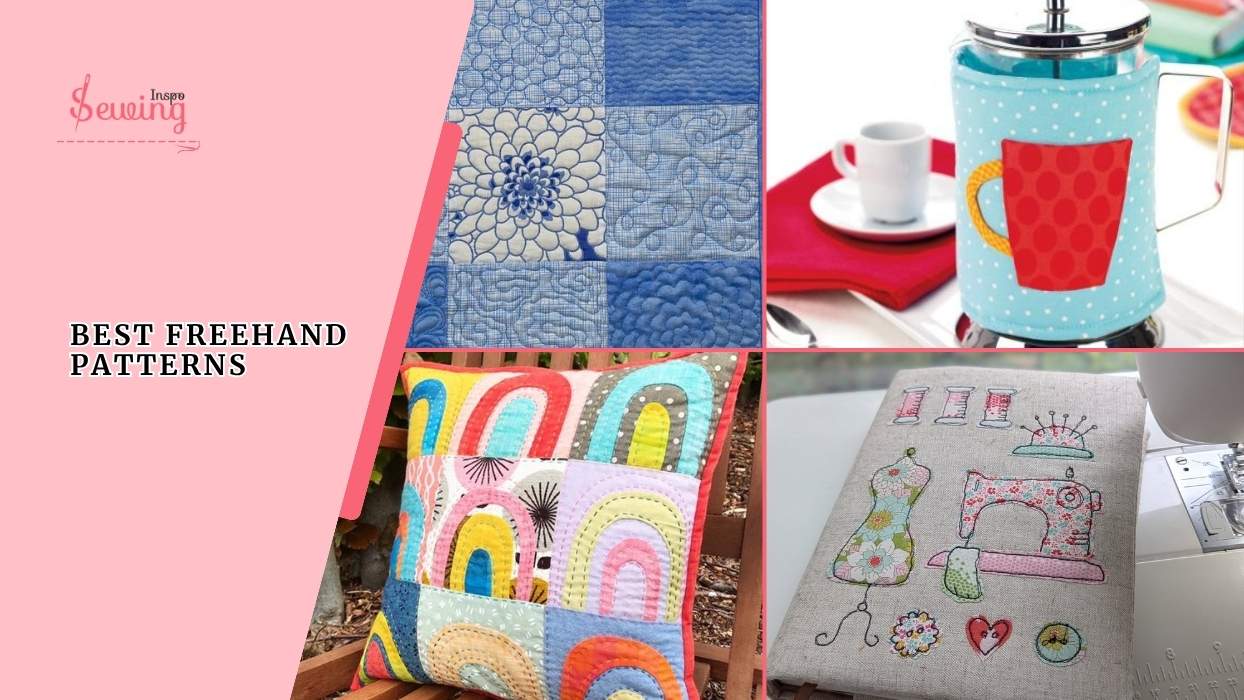

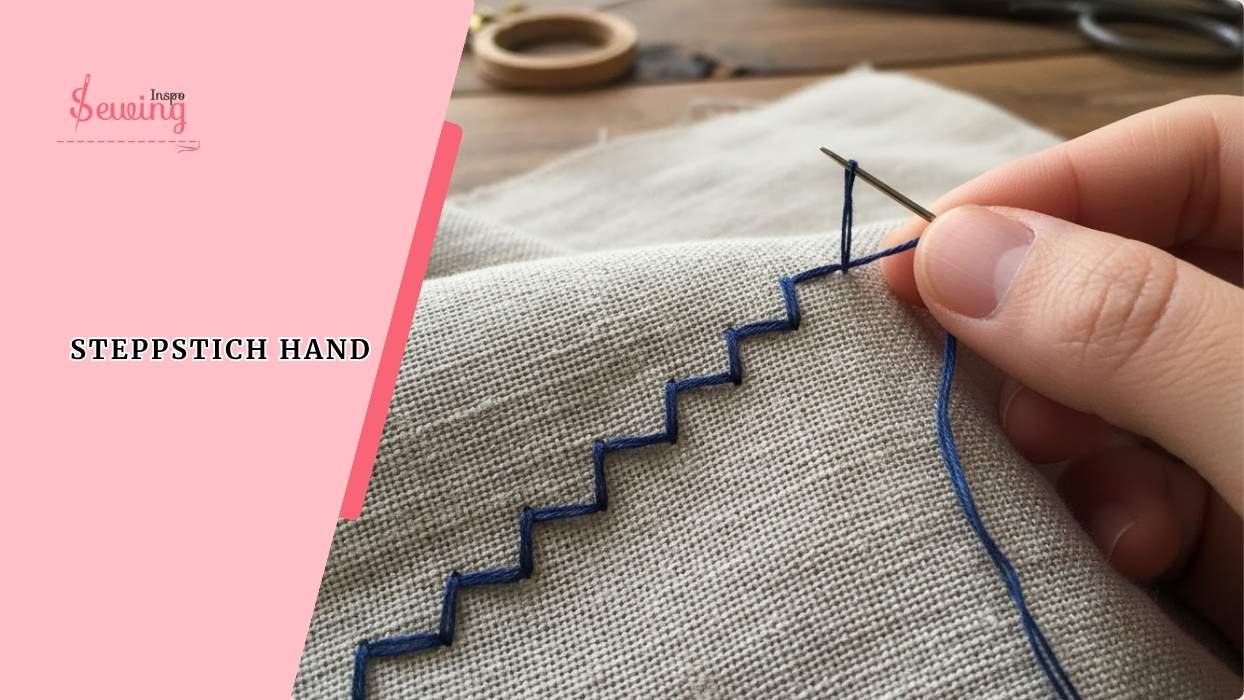
Leave a Reply